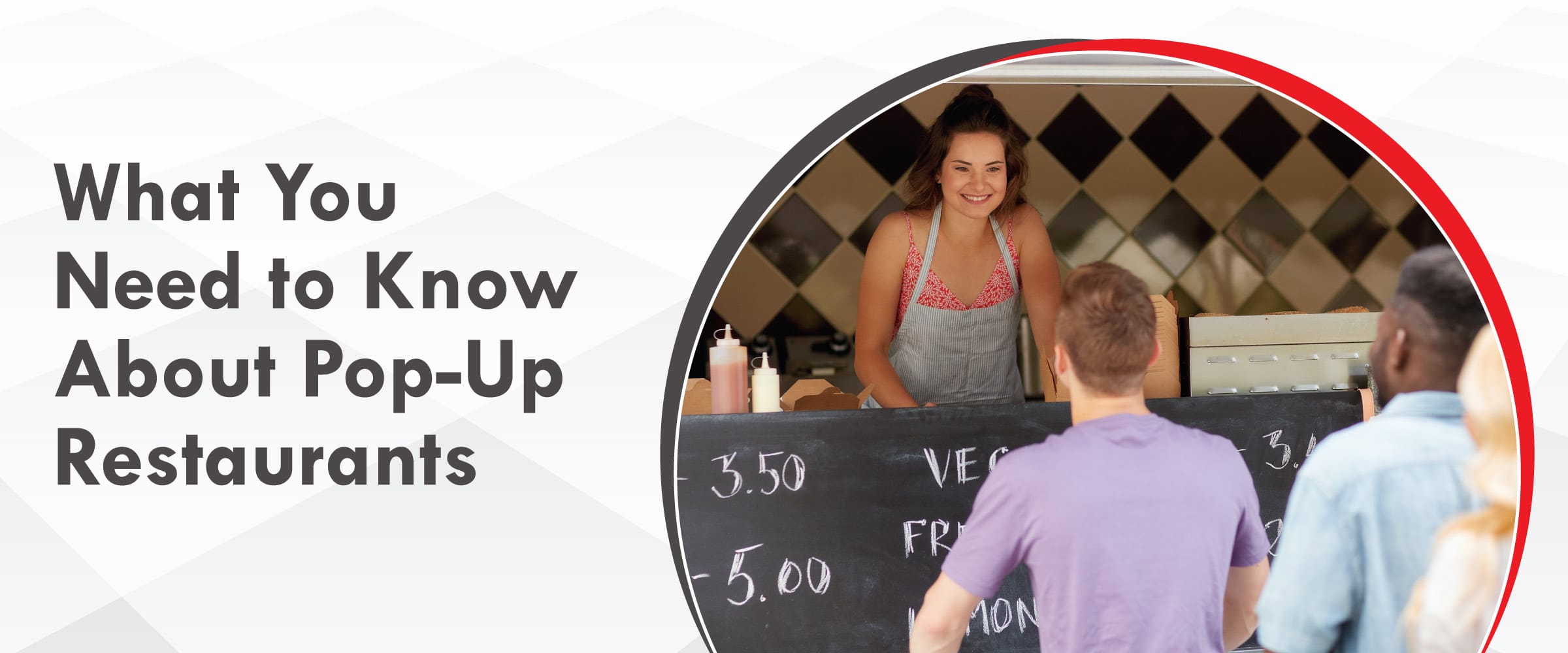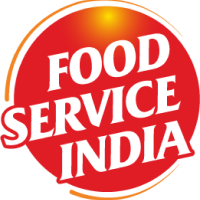
What is a Pop-Up Restaurant? Your Complete Guide to Concept, Licensing, and Launch
Consider this.
You are walking into a neighbourhood café you have entered a hundred times before, for a cappuccino.
Only this time it no longer looks like a café.
Instead, you see posters of your favourite Korean dramas and movies on the walls. The interior has been completely revamped to create the ultimate Korean street food experience.
That’s the magic of a pop-up restaurant.
You will have observed scenes like this popping up across the city, and in this blog, we break down everything you need to know about pop-up restaurants. From licensing to marketing strategies that drive buzz (and bookings), we cover it all to provide you with a detailed overview of pop-up restaurants and how they function.
A] What Is a Pop-Up Restaurant? (And What Are Its Pros and Cons)
Let’s start at the absolute top. What is a pop-up restaurant?
Pop-up restaurants are temporary restaurants that are hosted in a variety of locations.
You could find a pop-up restaurant at the location of an existing restaurant venue when they are closed or during their off-hours. You could also find them in arcades, bars, bowling alleys, movie theatres, or even at the homes of some chefs.
Whether it’s a one-night takeover or a week-long food tent, pop-ups can take many forms.
Many aspiring and established food service professionals are adopting this concept to test new menu concepts, create buzz, collect feedback, and build important relationships in the local community.
They consider this an important first step before making a full-fledged investment in a restaurant. For example, Adam Goldberg began pop-up bagels as a pandemic project where he started selling homemade bagels out of a backyard pickup window for friends and acquaintances. Today, it has grown to over 13 restaurant locations.
The Pros And Cons Of Opening A Pop-Up Restaurant
Before you decide to open one yourself, you must understand all the important advantages and risks associated with this kind of venture.
The pros of opening a pop-up restaurant
- You will be able to test out a new restaurant menu or concept. You will also have a better idea about the level of your current techniques and methods before making a full monetary investment.
- Your initial startup costs will be much lower than those of a full-time restaurant. Your overhead and labour costs will also be comparatively lower.
- You will have a unique opportunity to be creative with your menu or presentation without being tethered to a permanent concept.
- You can be more creative with your marketing efforts. You can tap into an existing target audience if the venue has previously hosted other pop-up restaurants.
- You will be able to test out different pricing strategies for your menu. For example, you could set a fixed-price menu or opt for prix fixe menus that will provide your diners with an exclusive dining experience.
The Cons Of Opening A Pop-Up Restaurant
- You have to be able to operate with limited equipment and resources in a new or unfamiliar territory and deal with all the associated challenges.
- The challenge of curbing labour and food costs can become increasingly cumbersome, making it difficult to turn a profit despite higher average spending per customer.
- You may struggle to retain regular customers if you open pop-ups only occasionally.
B] How Does The Pop-Up Restaurant Work?
You might be wondering. How to start a pop-up restaurant? But before that, you need to know how it works.
On the whole, a pop-up restaurant will operate similarly to a regular restaurant. However, some key differences set it apart from any other restaurant, such as:
- Pop-ups won’t have a permanent physical space to operate out of. Instead, they will “pop up” in new locations that range from unused commercial kitchens and retail shopfronts to farmers’ markets and private residences.
- The menu will usually only have a few entrees and a dessert, allowing the chef to devote meticulous attention to detail to each dish.
- The rules for a pop-up restaurant are usually more relaxed than for a traditional eatery.
- Pop-up restaurants play an important role in supporting the community by partnering with businesses to source supplies and ingredients.
- Since most pop-up restaurants are open for only a few nights or weeks, reservations will have to be made well in advance.
C] Legal, Licensing and Location Essentials for a Pop-Up Restaurant in India
1. FSSAI Registration (Temporary licence)
If you are running an operation that sells any kind of food or beverage in India, then you will have to get an FSSAI registration. In this case, you should apply for an event-based or temporary licence under the FSSAI’s provisions.
2. Location NOC
If you are hosting a pop-up in a third-party venue like a retail store, café, or co-working space, you will first need to obtain an NOC (no objection certificate) from your property owner. In some municipal locations, you may also have to obtain an NOC from the panchayat or the local ward office.
3. Fire Safety and Hygiene
If you are running an indoor pop-up with the cooking done on-site, then you will also have to ensure compliance with basic fire safety protocols. Ensure that you keep the space clean, ventilated, and pest-free. Additionally, you should only use certified kitchen equipment in the kitchen. Even temporary kitchens should be maintained as per the strict hygiene standards set by the FSSAI and local government bodies.
Ensure that you remain compliant with all the relevant regulations without cutting corners. Your focus should mainly be on delighting your guests and not having to deal with significant fines.
D] 3 Key Factors That Contribute to a Successful Pop-up Restaurant
There are plenty of things to consider when you are putting together a pop-up. However, you should prioritise the following three areas to increase your chances of success.
1. The Concept
As we have mentioned before, a pop-up is a great testing ground for new concepts. You could choose to focus your concept on a single food item (such as peri-peri wings) or a popular kind of cuisine (such as Korean or Mexican food)
Before you finalise a concept, you should consider what gaps there are in the industry right now and what your competitors are already doing.
Is nobody else focusing on a particular kind of cuisine?
Is nobody in your area offering a particular dining experience?
Is there a new global trend that could be popular among your target audience?
Along with your skills and passion, you need to identify an unmet need in the market that your pop-up concept is uniquely positioned to fill.
If your concept and food become popular with your target market, you will have a stronger chance of making your permanent restaurant venture a success.
2. The Location
You won’t have numerous options to choose from to set up your pop-up restaurant. If you have decided to host it in an existing restaurant’s kitchen, you will have to do it during their off-hours.
You can also set it up in a unique location, such as a city rooftop or an apartment complex.
You will need to have an open area in your pop-up in order to pass health inspections. This open area will also provide easy access to your staff and build a safe environment for both dining and preparation.
3. Kitchen technology and equipment
The right kitchen equipment and prep methodologies can make or break your entire operation.
You should start by identifying all the equipment needed to execute your specific menu. Common equipment for pop-up restaurants includes:
- A grill, portable oven, deep fryer, or stovetop to quickly prepare the dishes for your customers.
- A reach-in freezer or cooler to help you store all your fresh ingredients.
- Cleaning stations that will help keep the entire operation clean, hygienic, and compliant with all regulations.
- Tables for plating the meals before you serve them to your customers.
If all goes to plan, there will be a lot of traffic and demand at your pop-up restaurant. This means you will also have to quickly process many payments.
To ensure everything runs smoothly, you should set up a payment system that accepts all major cards and UPI payments.
E] How to Market Your Pop-Up for Maximum Impact
Generate buzz for your pop-up early. Since this is a short-term event, your marketing effort should immediately make the desired impact. Here are some of our top tips to help you do so:
1. Start with a Story
Your pop-up is not just about serving delicious food; it’s about serving an experience. For this, you need to anchor your messaging around a resonant narrative. Your pop-up’s theme could be a tribute to childhood street snacks of the 90s, an entire menu built around a single ingredient, or a chef’s premium take on a popular comfort food.
2. Local Influencer Collabs
Influencers are a good way to market your upcoming pop-up if the budget allows for it. Identify 3 to 5 local food influencers or micro-influencers and invite them for an early tasting of your menu. You can also offer them exclusive menu samplings or behind-the-scenes access to your kitchen setup. They can then share this content with their followers to generate buzz about your upcoming pop-up.
3. Platform Presence
You should build your service page on popular food platforms like Swiggy and Zomato, along with niche-dominant social media platforms like Instagram. Ensure that you provide clear menu previews, dates, offers, and booking instructions.
By adopting the right promotion strategies, your pop-up will transcend from being a temporary dining event to a can’t-miss culinary experience.
Conclusion:
Your pop-up restaurant can be the ideal testing ground for recipe testing, brand building, and revenue generation.
If you are new to the food business, it reduces your risk while giving you the opportunity to gather invaluable customer and market data. If you are an established food brand, this can be a great avenue to generate more hype and excitement for upcoming offerings.
Whether you are planning for a five-day stint or a seasonal format, ensure that you take care of all the basics, including licences, hygiene, and team training.
You can also streamline your operations to maintain quality and deliver a consistent customer experience by partnering with trusted HoReCa product manufacturers and reliable food product distributors.
A pop-up may be temporary, but its impact on your brand can be long-lasting.





